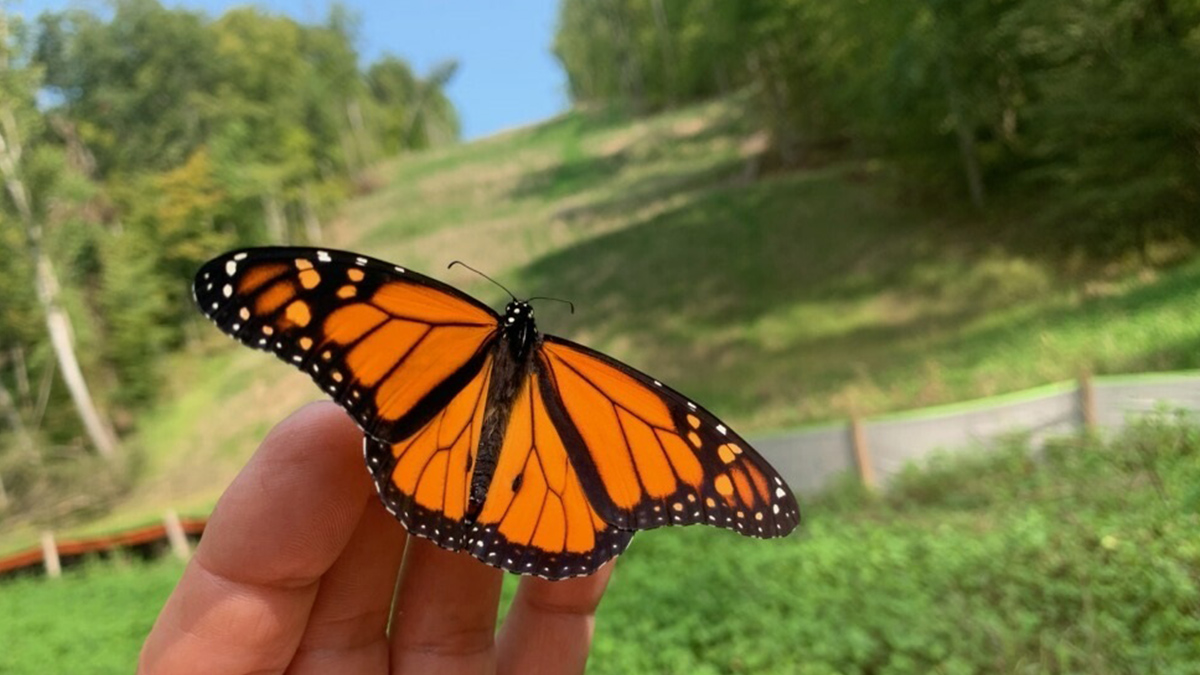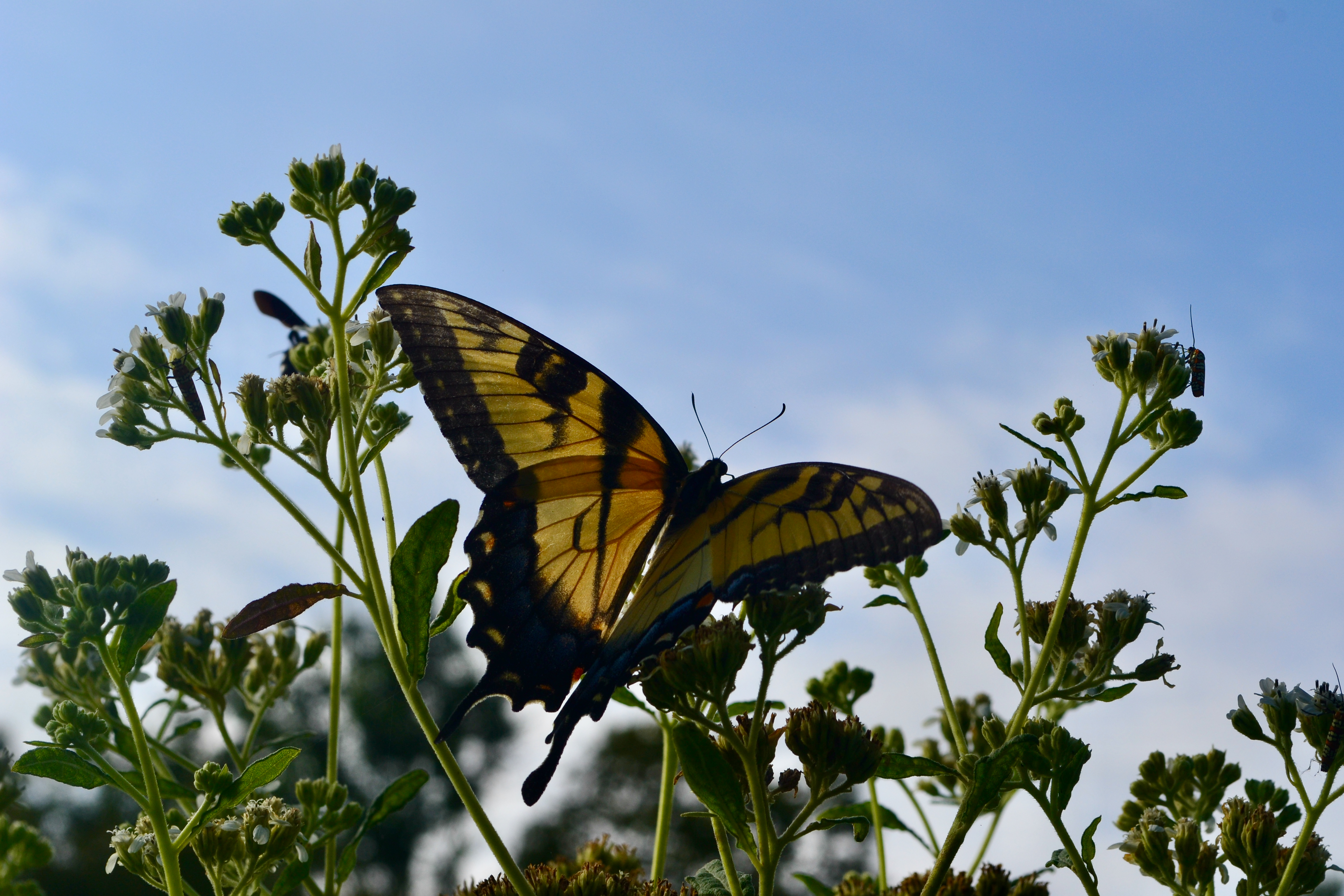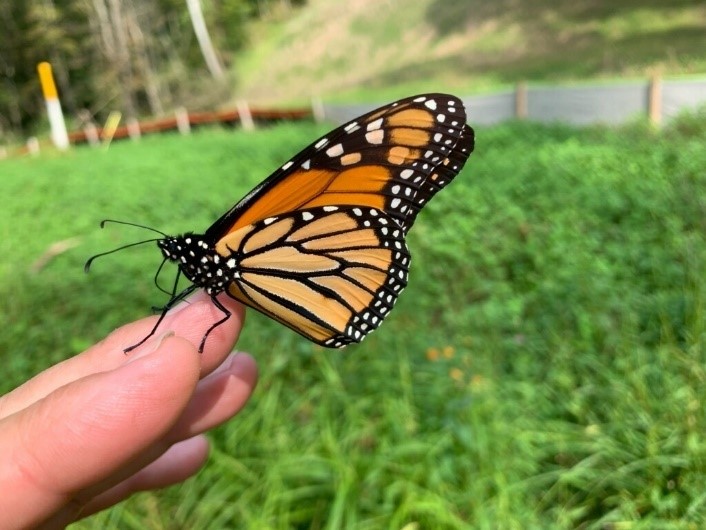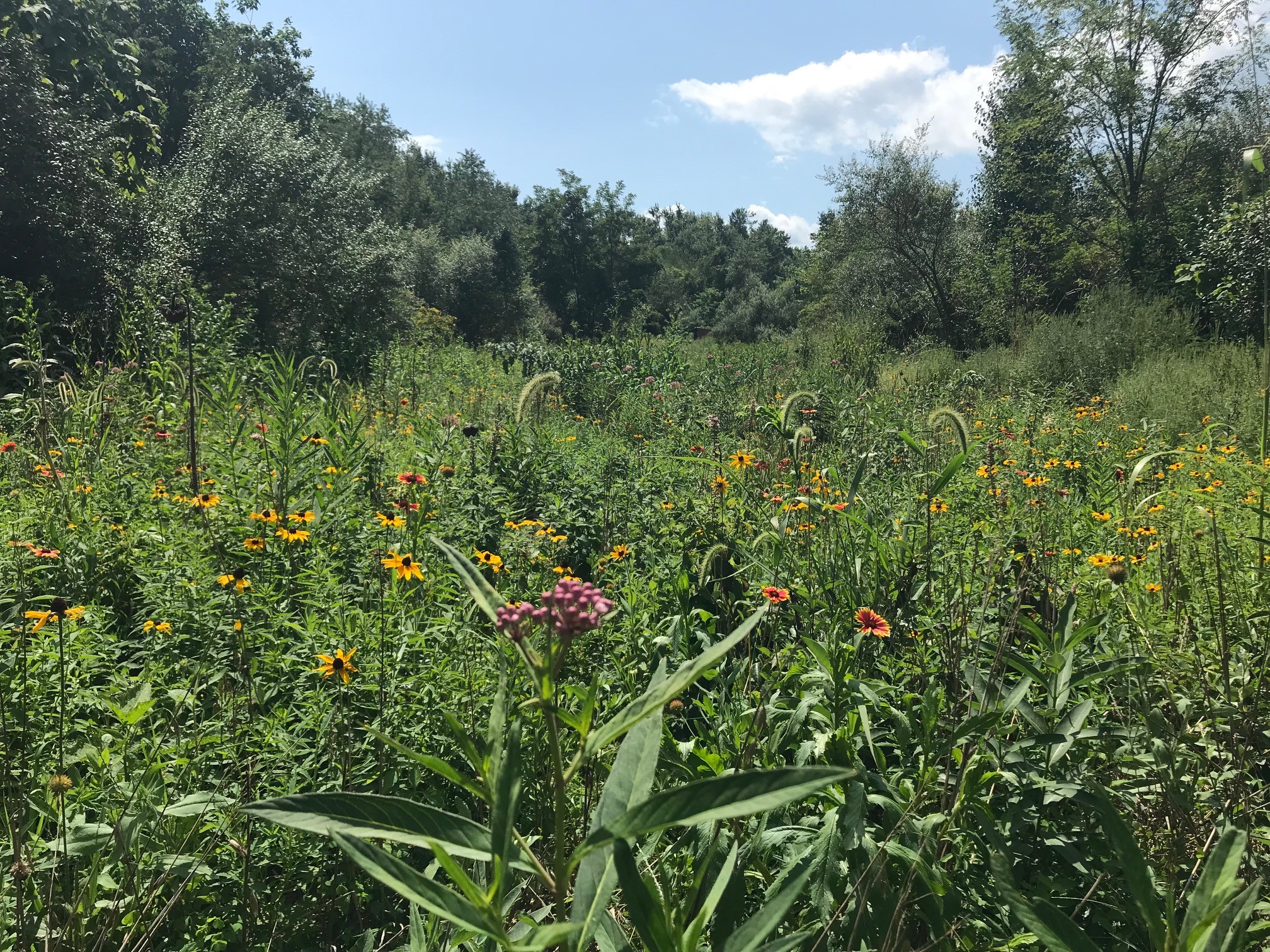Jun 19, 2025
Botanical study areas offer research and learning opportunities
Posted by TC Energy
Give Ronan Mason a piece of wood, and the right-of-way Project Manager for TC Energy’s U.S. Northeast region can sniff it, scratch it and tell you what kind of tree it is.
“I’m super passionate about plants and I’ve always loved growing things,” says Ronan.
Ronan’s background as a woody plant expert with a natural green thumb positions him well to lead a team responsible for right-of-way vegetation management.
Since joining the company in 2013, Ronan has also managed TC Energy’s ongoing botanical studies program, which now includes three locations along rights-of-way across the U.S. Over the years, the study areas were established to conduct research that would help improve our vegetation management practices – in addition to promoting habitat for animal species such as bees, butterflies, mammals and birds.
“There’s a lot we can do to help improve the environment we operate in and live in every day – but how can we be sure that what we’re doing are the best methods? These study locations offer us that opportunity to conduct quantifiable research, and we’ve learned a lot from these studies,” says Ronan.

J. Percy Priest reservoir
In 2006, a botanical study area was established along a right-of-way on Pig Island, in the middle of J. Percy Priest reservoir near Nashville, TN. Since that time, revegetation on the existing right-of-way has been a success. Pollinator plants quadrupled in the first decade of research, and biologists noted a significant increase in honeybee and bumblebee populations.
“This location is particularly awesome for research because it’s a self-contained ecosystem with minimal outside influence. We were able to foster biodiversity, and the use of herbicides is key for this and all of our study areas,” says Ronan.
The project team collaborated closely with external experts to determine the success of management techniques.
Rick Johnstone, a leading vegetation management expert and president of IVM Partners, says, “IVM Partners case studies demonstrate how integrated vegetation management can restore and manage native prairie habitat that is beneficial to pollinators, is compatible with safe and reliable utility and transportation corridors, is more economical than conventional mowing, and meets climate resiliency efforts with environmental enhancements.”

Mountaineer XPress study area
Meanwhile, the Mountaineer XPress study area in West Virginia began in 2018 before the Mountaineer XPress pipeline was even constructed, as the project team wanted to do research on an area before the pipeline was in the ground.
As the pipeline was placed in service in 2019, the study is still in its early years, but the team is eager to apply research learnings about topsoil disturbance and its relation to the quick establishment of native flowering plants to future construction techniques.

Waynesboro study area
At the newest botanical study area established in 2019 on private land in Waynesboro, VA, along our Columbia Gas transmission system right-of-way, invasive plant species are the main topic of research.
An integrated habitat management program was implemented after reclamation activities, and the project team worked to understand which revegetation methods would result in the best habitat given the existing issue of invasive plant species in the area.
“Our learning at this site revolved around how we could restore the pipeline right-of-way more quickly to encourage the establishment of native plant species, thereby helping to control the spread of invasive plants,” says Ronan.
“So far it’s been quite a success. By the end of the first summer, the study area was chock full of native wildflowers and pollinator species. We’re seeing great data on what works best and where we may need to go back to make adjustments in our approach to better control invasive plant species in our rights-of-way.”
An industry leader
Ronan is eager to share the learnings more broadly and presents regularly at conferences across the country. Study findings are also passed on to partner government agencies to share the research and help improve environmental performance across the industry.
“TC Energy is an industry leader in vegetation management, and I’m happy the company values environmental stewardship. I’m passionate about oil and gas – and I’m also an environmentalist,” says Ronan.
“I’m proud to play a part in potentially keeping some pollinator species off the endangered species list through my work.”



